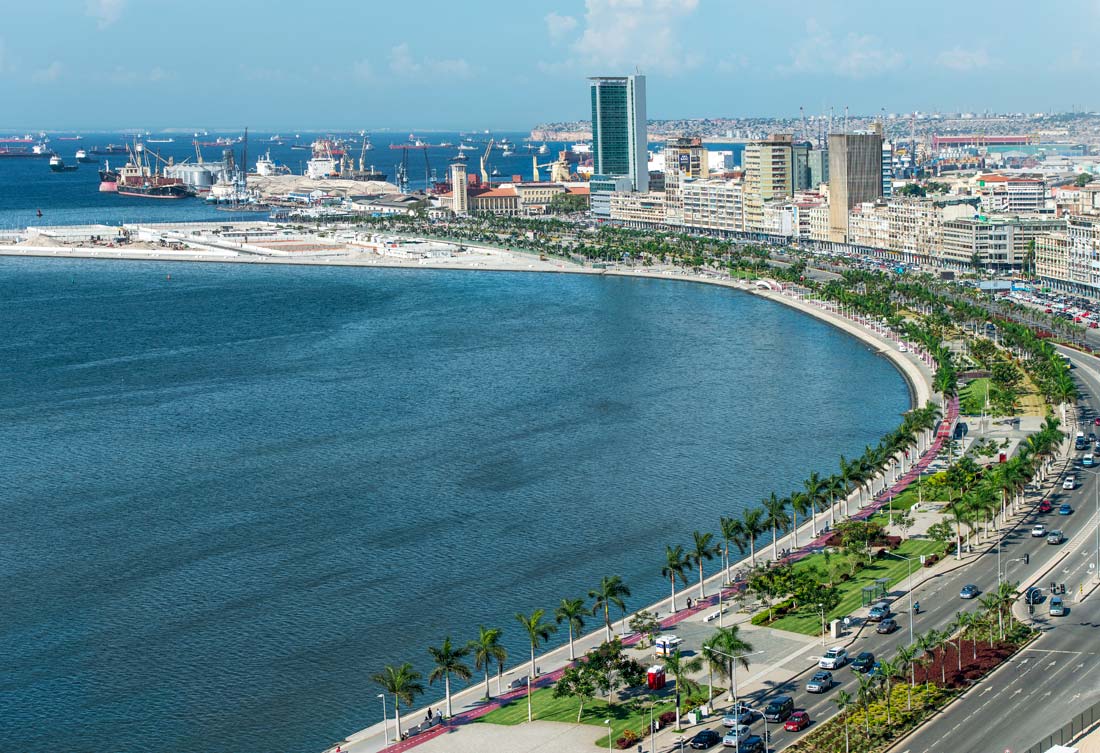
Cities You Should Visit in Angola (Part One)
Angola has several little known activities but perfect for its visitors. The plans to carry out in this southern African country are distributed in its different cities and can change with the locality. That is why in today’s article, we write about the essential cities in Angola when visiting this country.
A Bit of Background
You should know that, although the official language of this African country is Portuguese, many indigenous languages are spoken in this territory, of which only six are national. The Angolans use the kwanza (AOA) as a currency of exchange.
The country is home to a rich fauna: elephants, antelopes, buffaloes, sea turtles, etc. As a former Portuguese colony, it also has buildings inherited from that period. The colony was present from the 16th century until 1975, when the country gained its independence.
There are 243 airports in the country, but only 32 of them have paved runways; you will find waterways and eight seaports. Nearly 77,000 kilometers of roads cross the country, but less than 25% of them are paved. The country also has a railroad that can be used to travel between cities.
Here is the list of cities you can’t miss in Angola:
Luanda
The first thing you need to know about Luanda is that it is the Angolan capital. Two and a half million people live in Luanda on the shores of the Atlantic Ocean. It is not only a coastal and port city, but also the economic center of the country. That’s why Luanda is the city where you will find the most medium and large-scale commercial activities in Angola. What can you do there? You can choose from beaches for walking or swimming, quality museums and architecture that is full of history.
The climate in Luanda, and in Angola in general, is warm and humid, perfect for a visit at any time of the year. Visitors to the city should not miss the São Miguel Fortress, a fairly old construction dating back to 1576. If you visit this fortress, we recommend you to take a look at its tiles and ceramics that tell the national history of Angola.
Malanje
Malanje is not a coastal city among the cities of Angola, on the contrary, it is located in the center of Angola. We will not only talk about the city, but also about the whole municipality of which Malanje is the capital, and which bears the same name. According to the official census, this border region with the Republic of Congo has only 222,000 inhabitants.
The city-municipality has a railway station, where the airport is also located. The main destination of this transport terminal is Luanda, the capital. A good excursion from Malanje is to the Black Rocks, a particular mountain formation. It is a rocky landscape with deep black cracks and a layer of green that crowns each mountain.
Caxito
Caxito is the next stop of this selection of cities in Angola. It is known for being one of the stops of the northern line of the Angolan railroad, which is a common city. This city is the commercial center of one of the provinces of Angola, called Bengo, and it is also its most populated city (in addition, Caxito is in a municipality called Dande). Just over 140,000 people live in this city. Caxito is not only accessible by train, but its highway is connected to Luanda, the capital.
In the city, we recommend two activities: a sports activity, since the best Angolan soccer players train here, and a cultural activity with the procession of Santa Ana de Caxito . You can see the first one in the municipal stadium of Dande and the second one in all the streets of the city during the month of June.
Benguela
Benguela is located in the west of the country, on the Atlantic Ocean. The city has a population of half a million inhabitants, spread over six municipalities. The city is the historical capital of the Kingdom of Bengal established by King Felipe III in 1615. To get there, you have to travel 592 kilometers from Luanda, if you don’t take the plane. Don’t forget that the city has its own train station.
From Benguela, you can’t miss the cliffs, beautiful, powerful and lonely. It is culturally valuable to visit the central square and its church. It is also very interesting to stay in a hut on the outskirts, designed to enjoy the landscape of the Angolan valley. The predominant ethnolinguistic group in the city is the Ovimbundu.
There you are! You now know which cities to visit in Angola. Want to learn more of them? Come back to check out the second part of our article. Until then, tell us in the comments below when you are planning to visit Angola.



